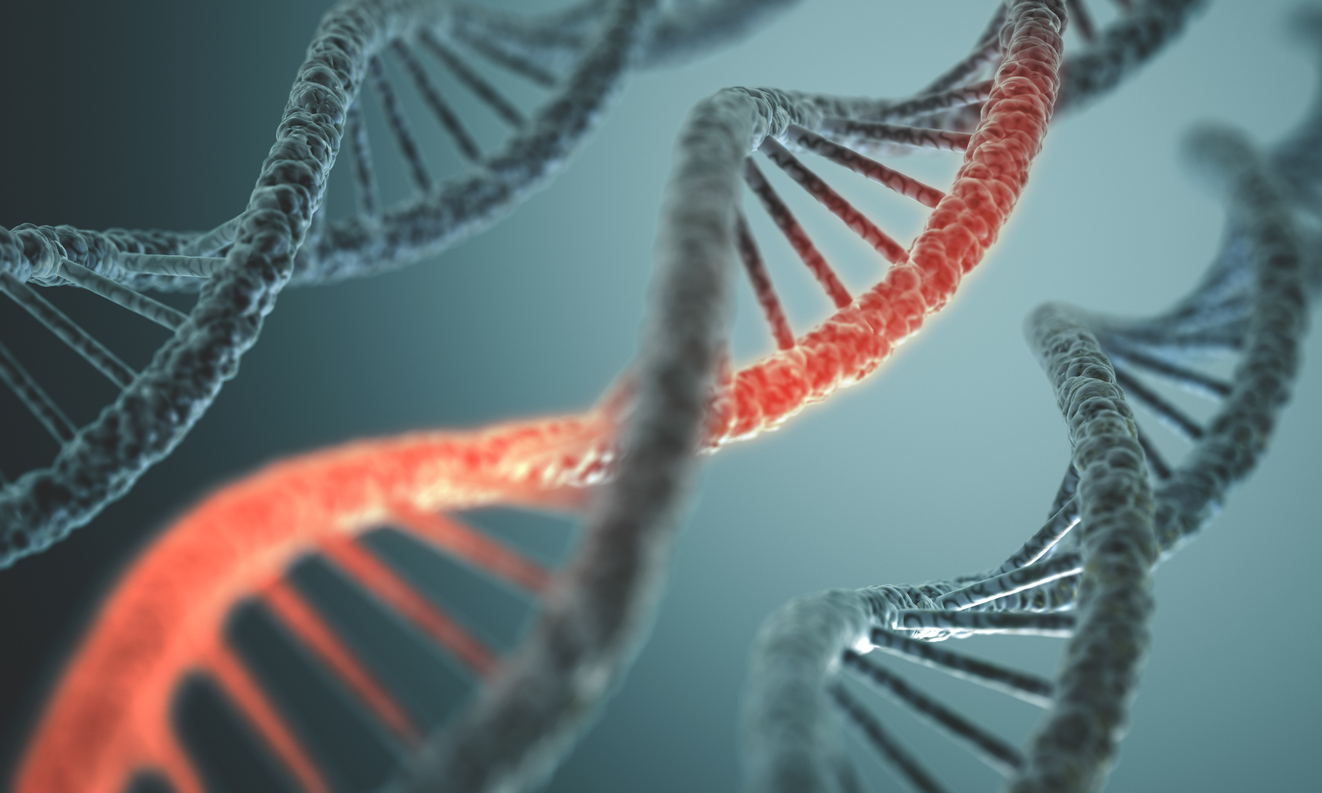Planning for future GM foods coming down the line, the food safety regulator, Food Standards Australia New Zealand (FSANZ) is calling for suggestions for how it should consider applications for foods that have been made using new genetic techniques that aren’t currently covered by their laws.
The current code only covers food produced by genetic techniques that add DNA into a genome and doesn’t cover newer gene editing techniques like CRISPR/Cas9 which knock out genes or proteins, or others that don’t change the DNA of the final food product.
FSANZ are asking for submissions on how these newer techniques should be assessed before they go to market. Options range from treating them like conventional breeding techniques – given a green light once a technique has been proved safe – or to be treated like current genetically modified organisms which would mean that each application requires a rigorous safety assessment.
The consultation report won’t change the current regulations or labelling requirements, but it will inform how they move forward on this issue. The preliminary report summarising the views of submitters in response to the consultation paper (released in August 2018) can be found here.
The SMC asked genetics and food safety experts to comment on the consultation report. Feel free to use these comments in your reporting.
Professor Peter K Dearden, Genomics Aotearoa and University of Otago, comments:
“In the past few years a range of novel technologies, many based on a technology called CRISPR/cas9 gene editing, have been developed. Many of these technologies challenge the only way we have thought about transgenic organisms (GM organisms), because they can change the DNA of an organism, rather than inserting a new piece of DNA.
“This technology mirrors somewhat mutagenesis, a technology that produced all of the plants of the ‘green revolution’, for example. Mutagenesis involves making lots of mutation in an organism’s DNA and then selecting those that have a useful outcome. Gene editing is less scattergun, but a reasonably precise way to make the mutation that you want.
“This falls between the old technologies of mutagenesis, and the newer ones (though now outdated) of transgenesis. These technologies do use a lab manipulation to change the DNA, but they don’t involve the insertion of a piece of DNA from another organism.
“FSANZ are investigating what people think about the outcomes of these new technologies, and a few more specific ones that have similar effects. This is incredibly timely, as products made with gene editing are already being developed overseas, and detecting gene edited organism is much harder than detecting a transgenic one.
“These new technologies have enormous potential but getting their regulation wrong may, on one hand stifle innovation, and on the other cause disquiet about risk. I applaud FSANZ for asking questions about these technologies, and am impressed by the thoughtful, knowledgeable and effective ways they have presented the information.”
